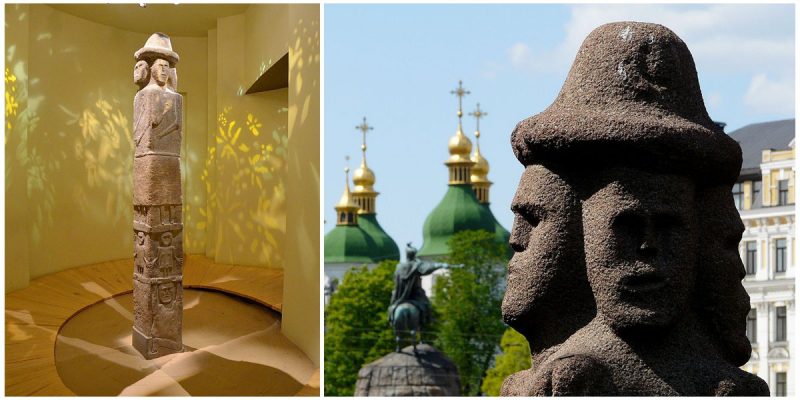One of the most important Slavic artifacts in the world is the 9th-century sculpture called The Zbruch Idol. It is the only existing sculpture that depicts a Slavic god.
Discovered in the river Zbruch in 1848, this sculpture was always the center of attention of many archaeologists and historians who connected it with the Slavic war deity Swiatowid (Svetovid). Today, the Idol is on display in the Archaeological Museum of Krakow in Krakow, Poland and it has many replicas located in museums around the world.
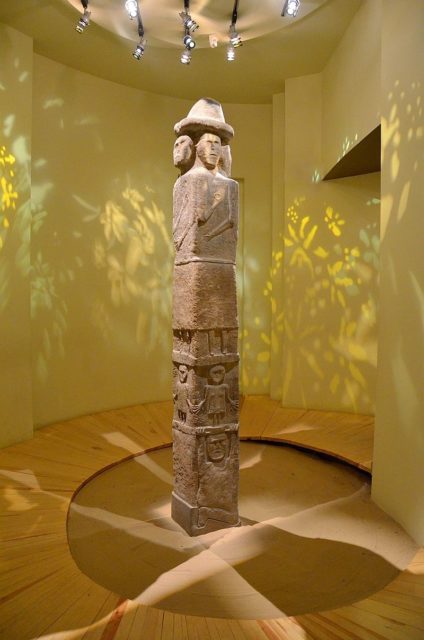
Historians suggest that the sculpture was buried in a pit in 996, after the baptism of Kievan Rus and at the time when Christianity was accepted in Poland. The sculpture is a four-sided limestone pillar, and on each side, there are three tiers. On the bottom tier, there is a kneeling figure with his hands supporting the upper two tiers.
The large top section has the largest figures of the idol with four faces joined beneath a tall hat with round shape. The Idol is 2.67 meters high, and many historians believe that the tires represent the three levels of the world with the Gods on the top.
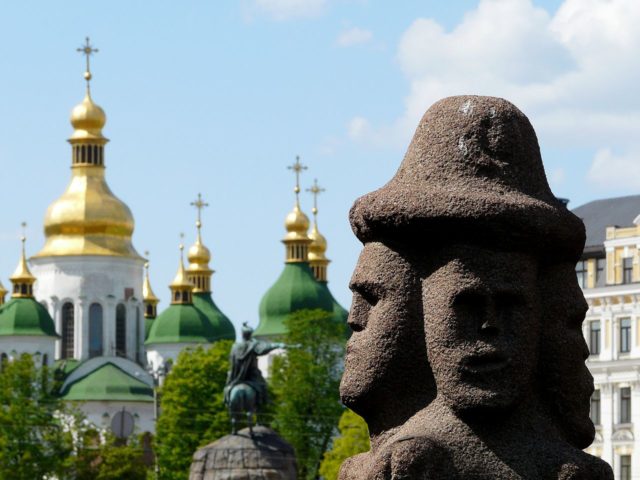
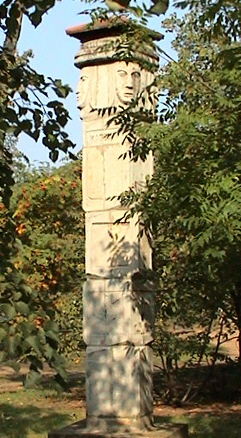
Ever since the discovery, there have been many suggestions about the true meaning of the sculpture. According to the Polish historian Joachim Lelewel, the four faces were two bearded males and two females who represent the four seasons because of their details and attributes. According to Wikipedia, one of the females with the ring was Spring, the male with the horn, Summer, the second female with the sword, Autumn, and the male without any attributes, Winter.
Many argued against Lelewel theory, and one of them was Andrei Sergeevich Famintsyn, who in his work from 1884 “Ancient Slav Deities” claimed that the statue represents one deity. Besides Count Potocki who identified the sculpture as the war deity Svetovid, the historian Gabriel Lenczyk also supported that theory because he identified a solar Slavic symbol which was eroded.
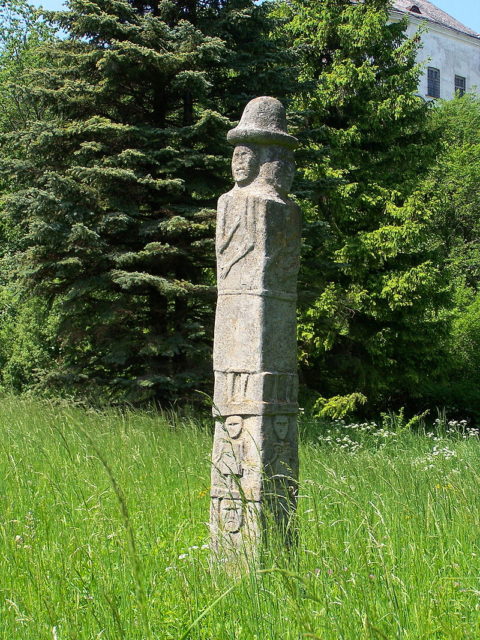
Another theory is that the sculpture does not represent a Slavic deity because it was made of stone and the primary construction material of the Slavs was wood.
However, the Idol is a magnificent work of art of the ancient people from the Slavic region. It is one of the most valuable artifacts in the Archaeological Museum of Krakow which is part of an exhibit on the prehistory of Malopolska. The Zbruch Idol remains one of the rarest artifacts from the pre-Christian Slavic era.
